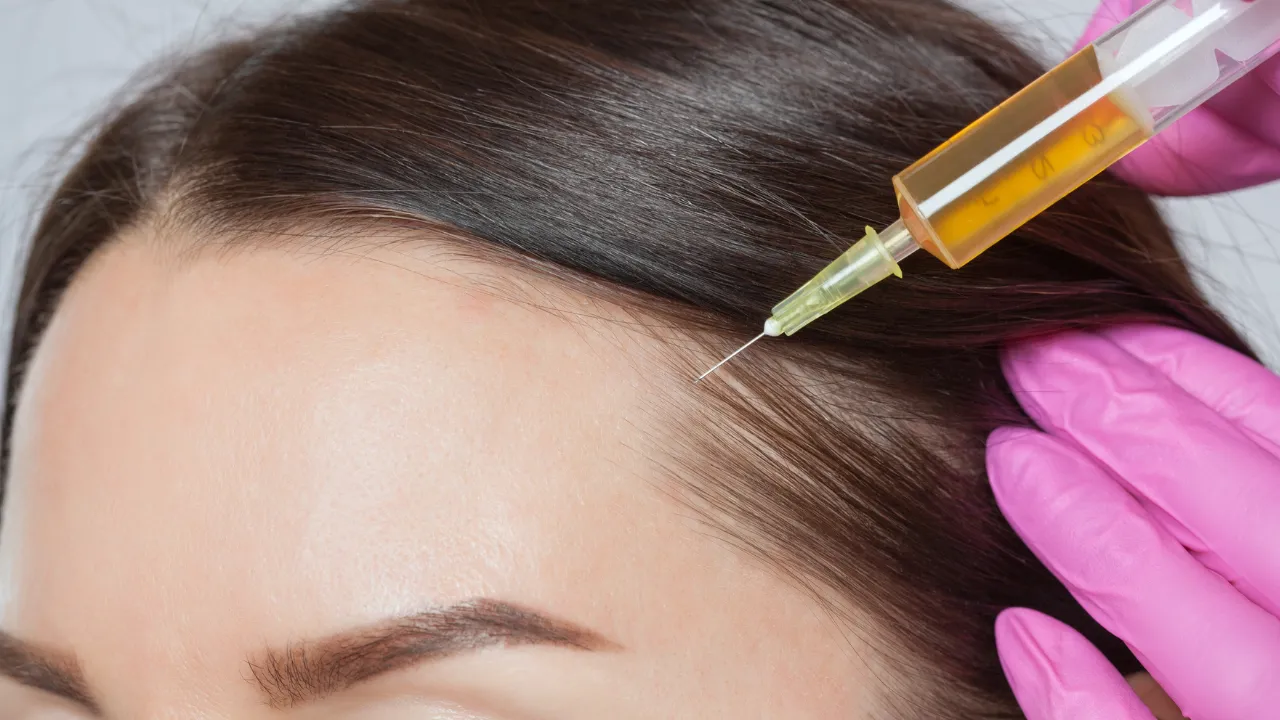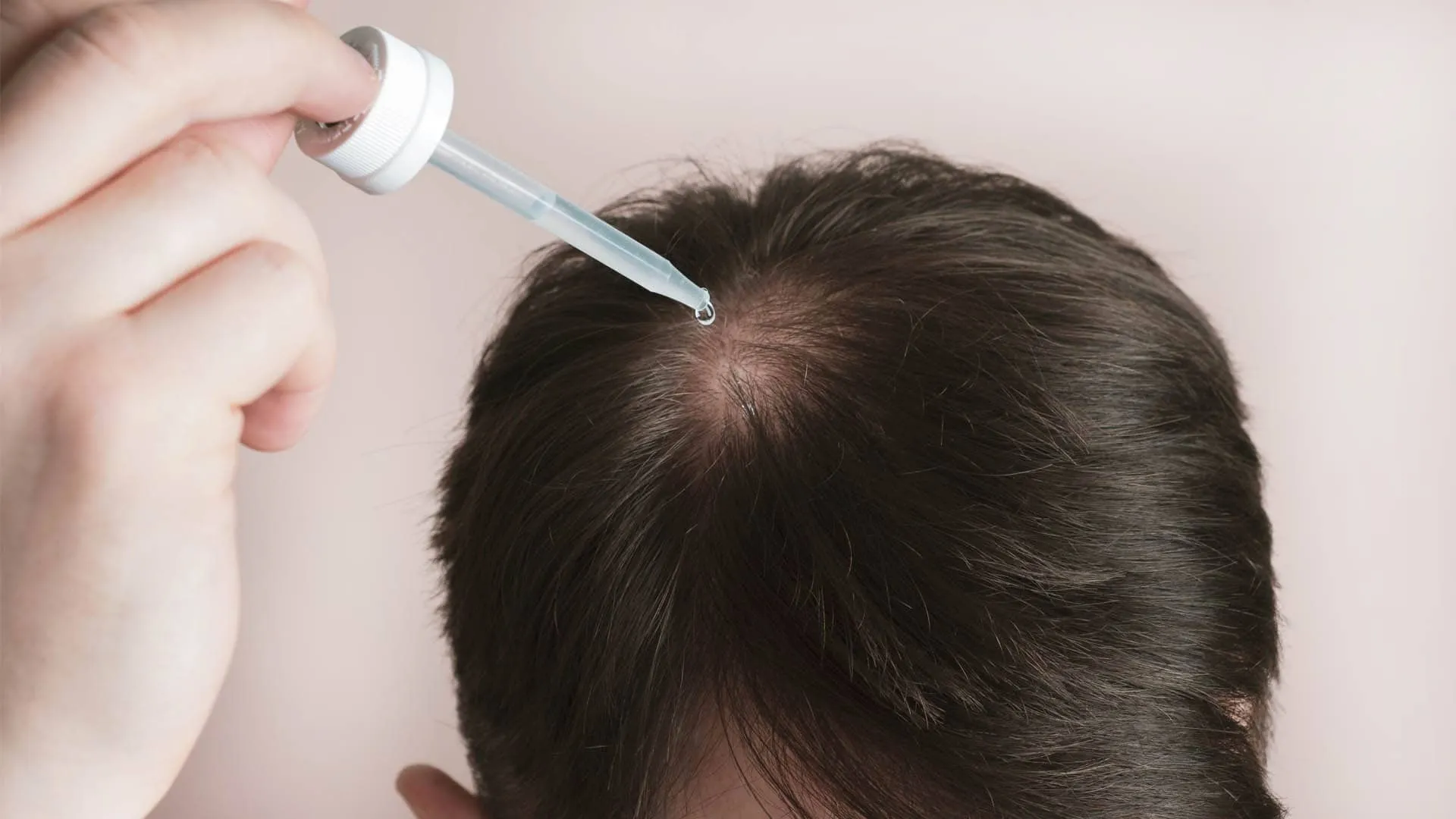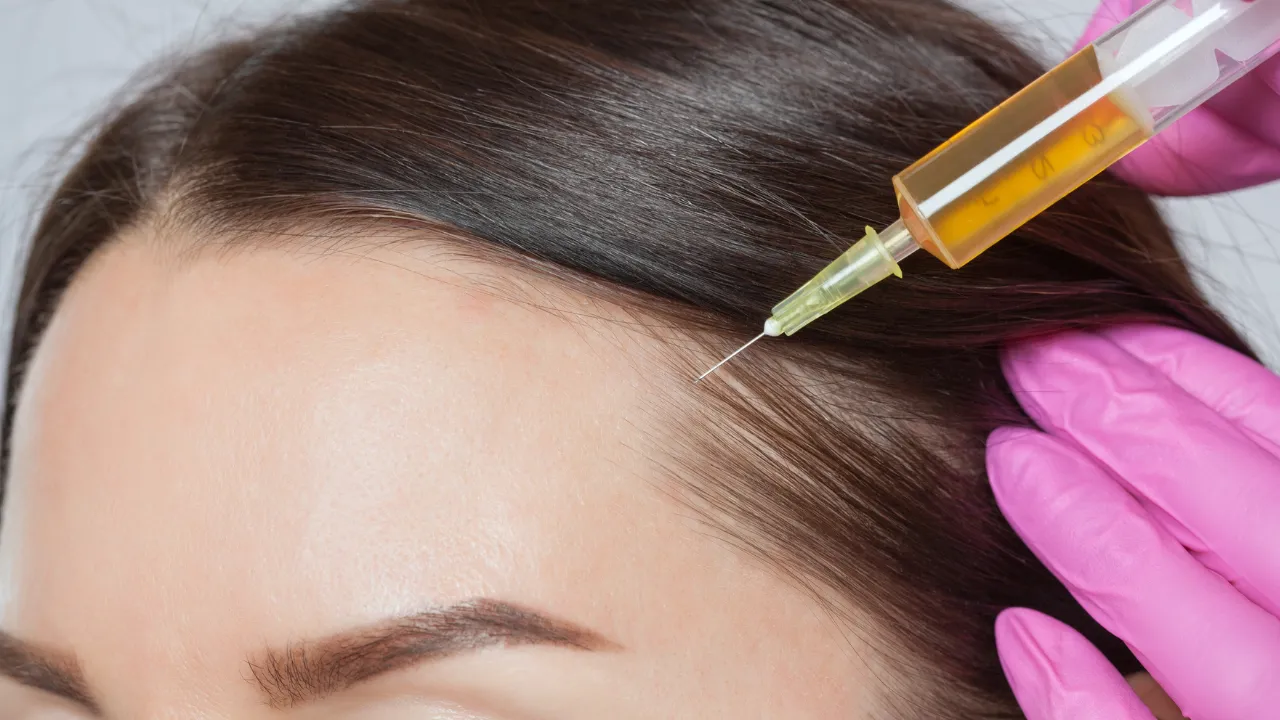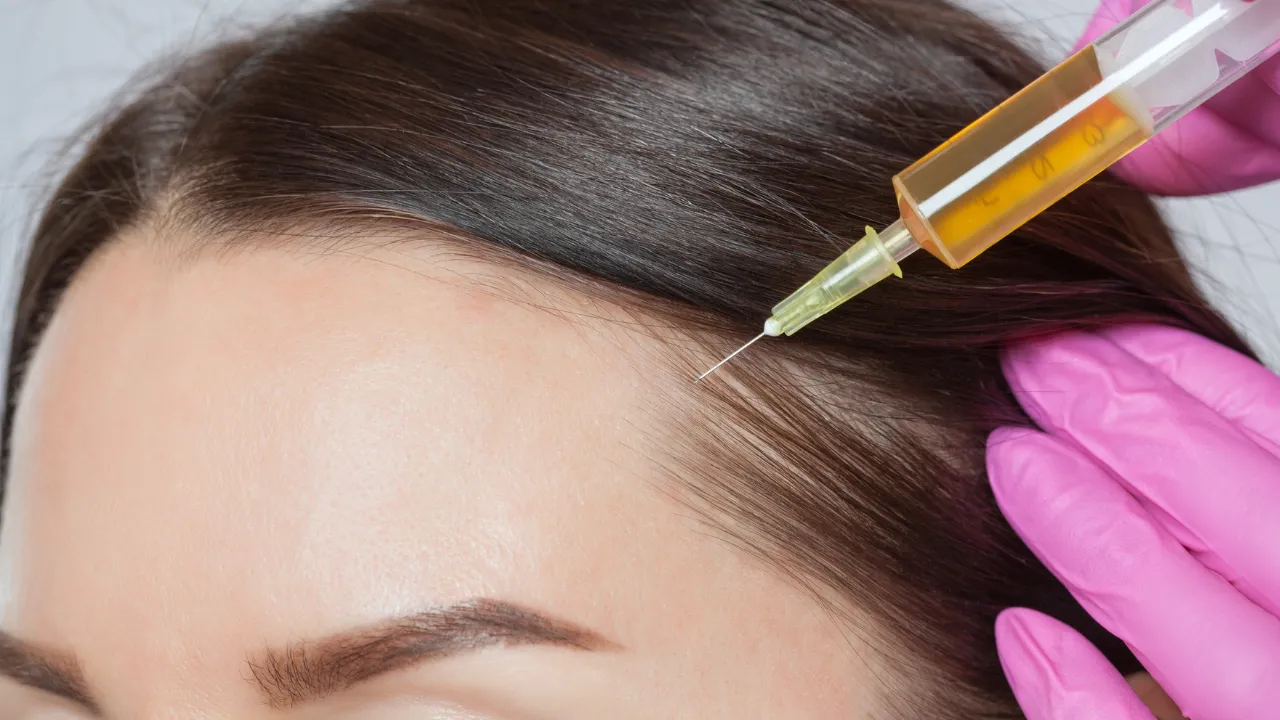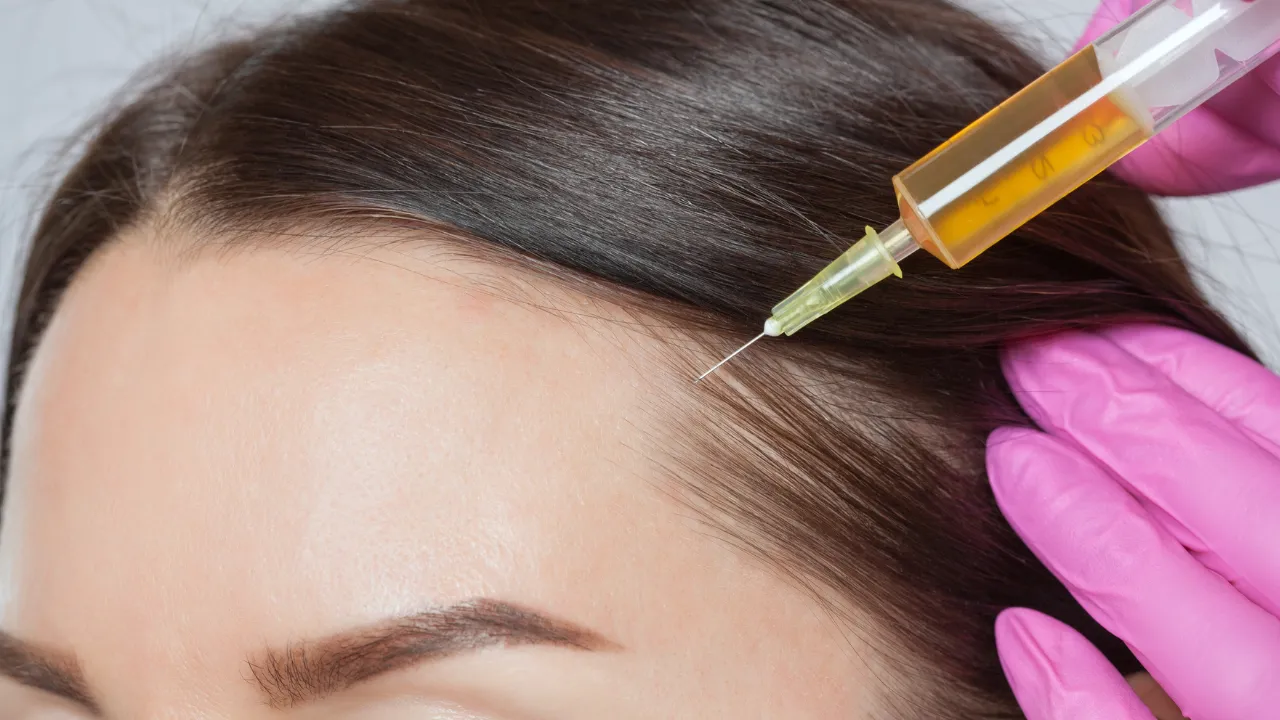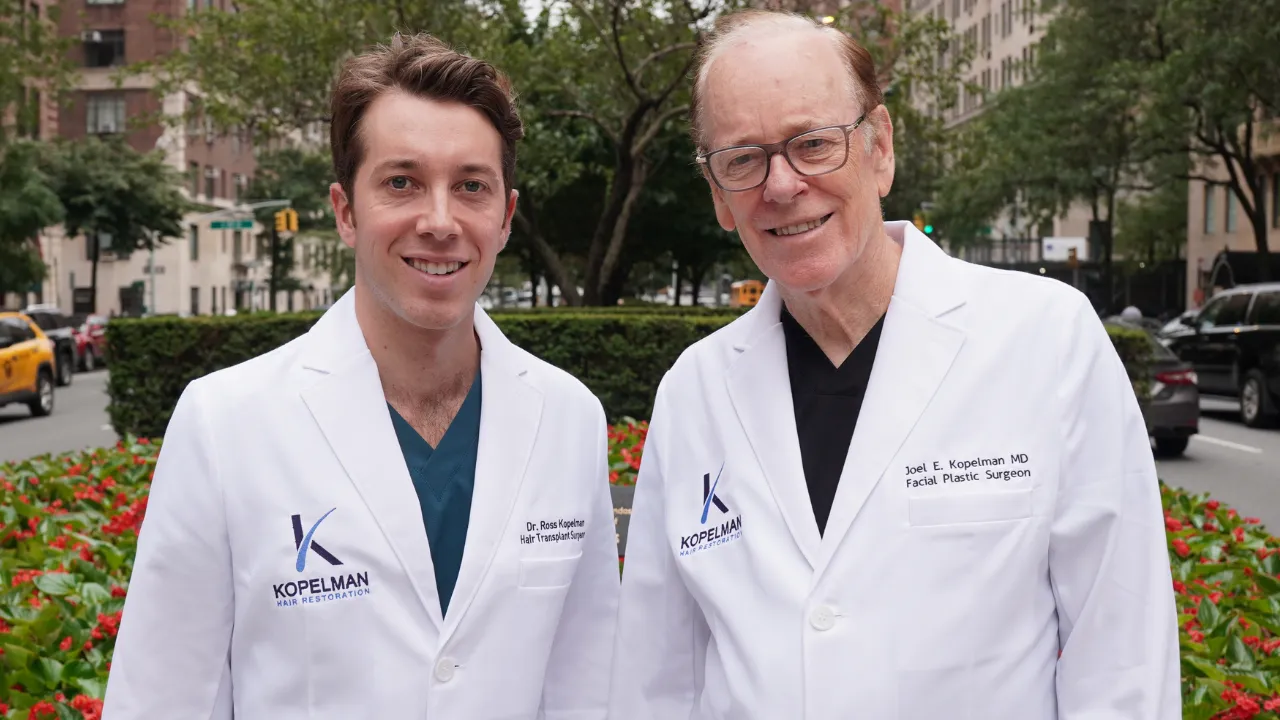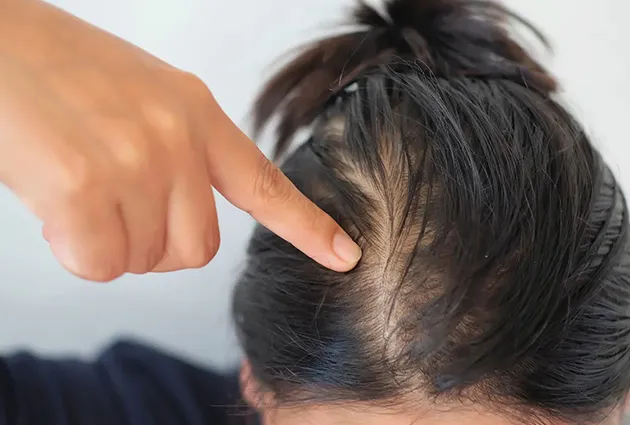For people looking for a lasting solution to thin or sparse lashes, eyelash transplants are a good choice. This hair restoration procedure is also known as eyelash implants, surgical eyelashes, or eyelash grafting.
Different from temporary solutions like lash extensions or serums. It involves placing natural hair follicles along the lash line, which gives you long-lasting lash density and fullness.
Eyelashes transplant surgery is similar to scalp hair transplants. This technique typically uses the Follicular Unit Extraction (FUE) method. During the procedure, Dr. Kopelman takes individual hair follicles from a donor area, usually the scalp. He then carefully implants these follicles along the upper lash line to create a natural-looking set of lashes.
This placement needs precision, you must place each hair at the right angle. This helps mimic the natural growth direction of eyelashes.
Patients who want to see results before deciding may find it helpful to look at eyelash transplant before and after photos. These images show how transplanted lashes can change the look of the eye area. Typically, the process takes a few hours, with local anesthesia applied to ensure comfort.
Many patients can return home the same day, though they require some mild aftercare to promote optimal healing.
While temporary options like extensions, serums, or fake lashes can create the appearance of thicker lashes, they require frequent upkeep and may cause damage to natural lashes over time. Surgical eyelashes, however, are an investment that provides long-term results. Unlike extensions, lash implants grow like natural lashes and blend seamlessly with the existing lashes once fully healed.
Posted on
Ideal candidates for eyelash grafting are people with naturally sparse lashes. This includes those with thinning lashes from using extensions too much. It also includes individuals who have lost lashes due to injury or medical issues. Those interested should consult with a skilled surgeon, like Dr. Kopelman who can evaluate their suitability based on factors like health status and specific aesthetic goals.
This procedure is suitable for both men and women seeking a natural and long-term solution to enhance their lash line. If you want a less invasive option, consider trying lash serums or extensions. These can be a good choice before deciding on surgical eyelashes.
While eyelash implants cost more than short-term treatments, they offer long-lasting results and natural appeal.
Here are a few things to consider:
Growth Maintenance: Transplanted hair grows and may need trimming to match natural lash length.
Healing Time: Some mild swelling, redness, or tenderness may occur but usually resolves within a week.
Cost: The typical eyelash transplant cost ranges between $10,000 and $15,000, which is higher than temporary treatments like lash extensions.

While eyelash implants offer long-lasting results, there are some considerations and possible side effects:
Patients often notice quick results, but the final look takes several months to appear. This is when the transplanted hairs fully adjust to their new position. Browsing eyelash implants before and after images can help visualize the transformation.
At first, you might notice some minor shedding. However, new growth usually appears within a few months. This leads to thicker, natural-looking lashes that enhance your eyes.
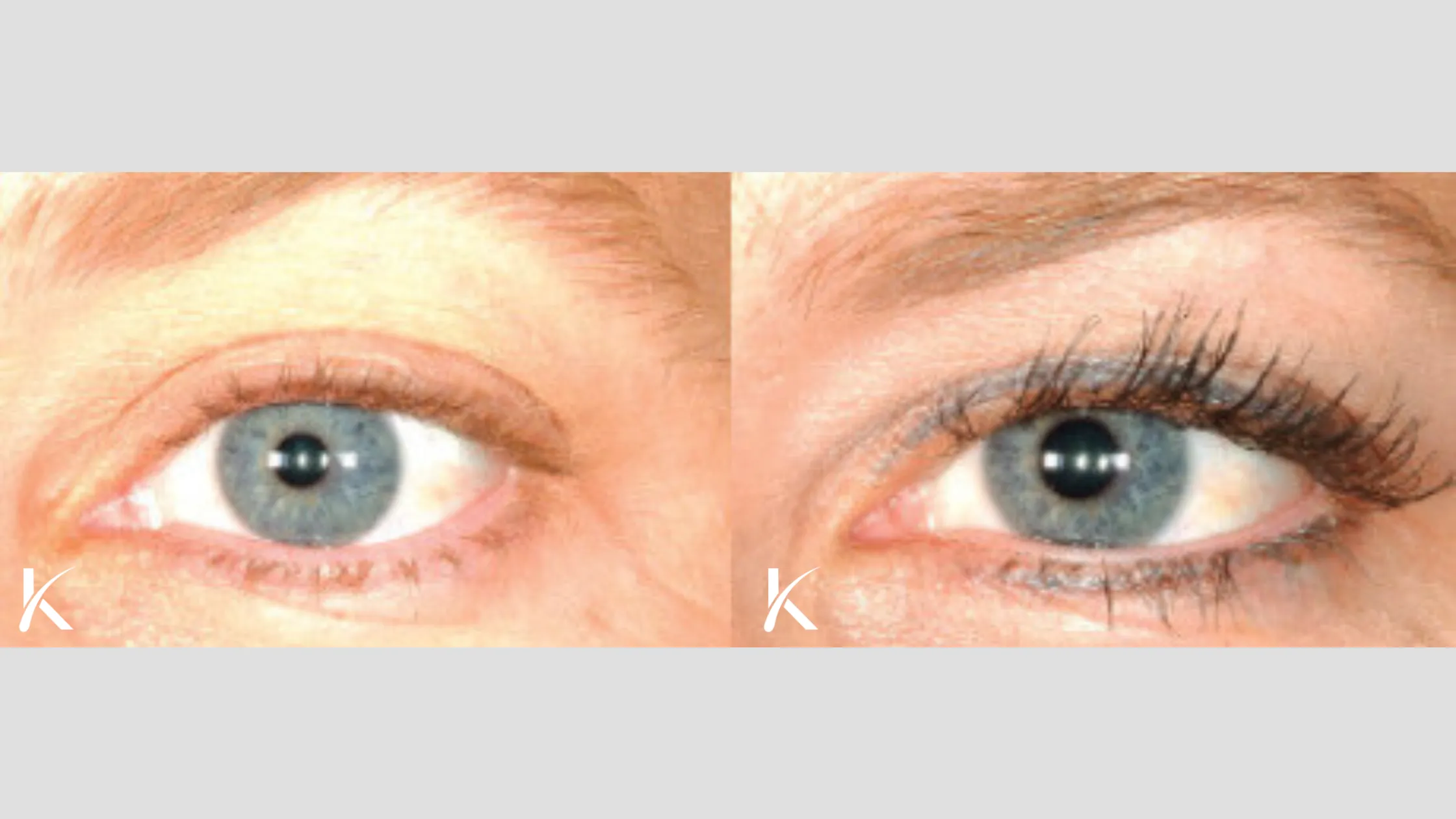
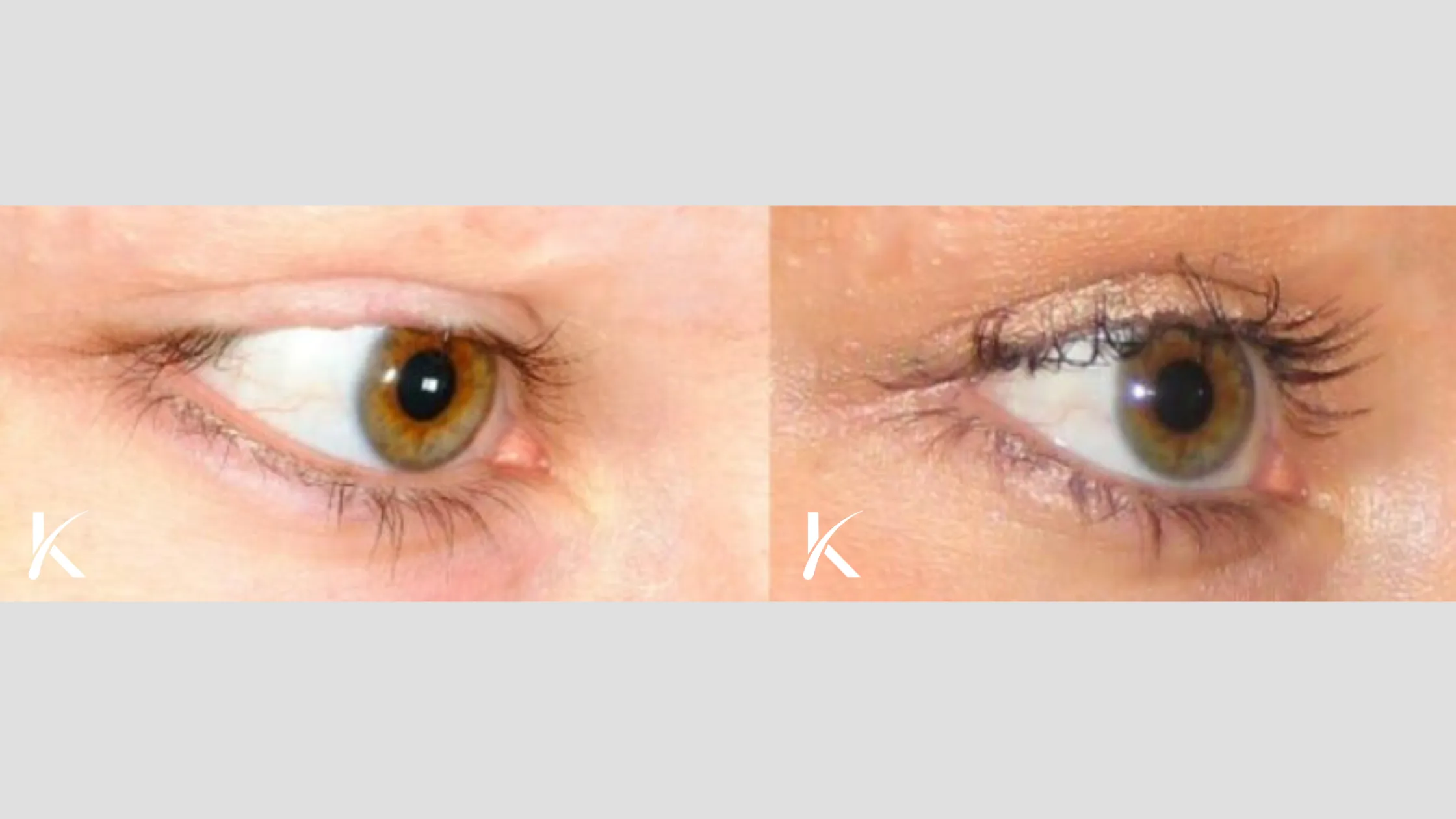
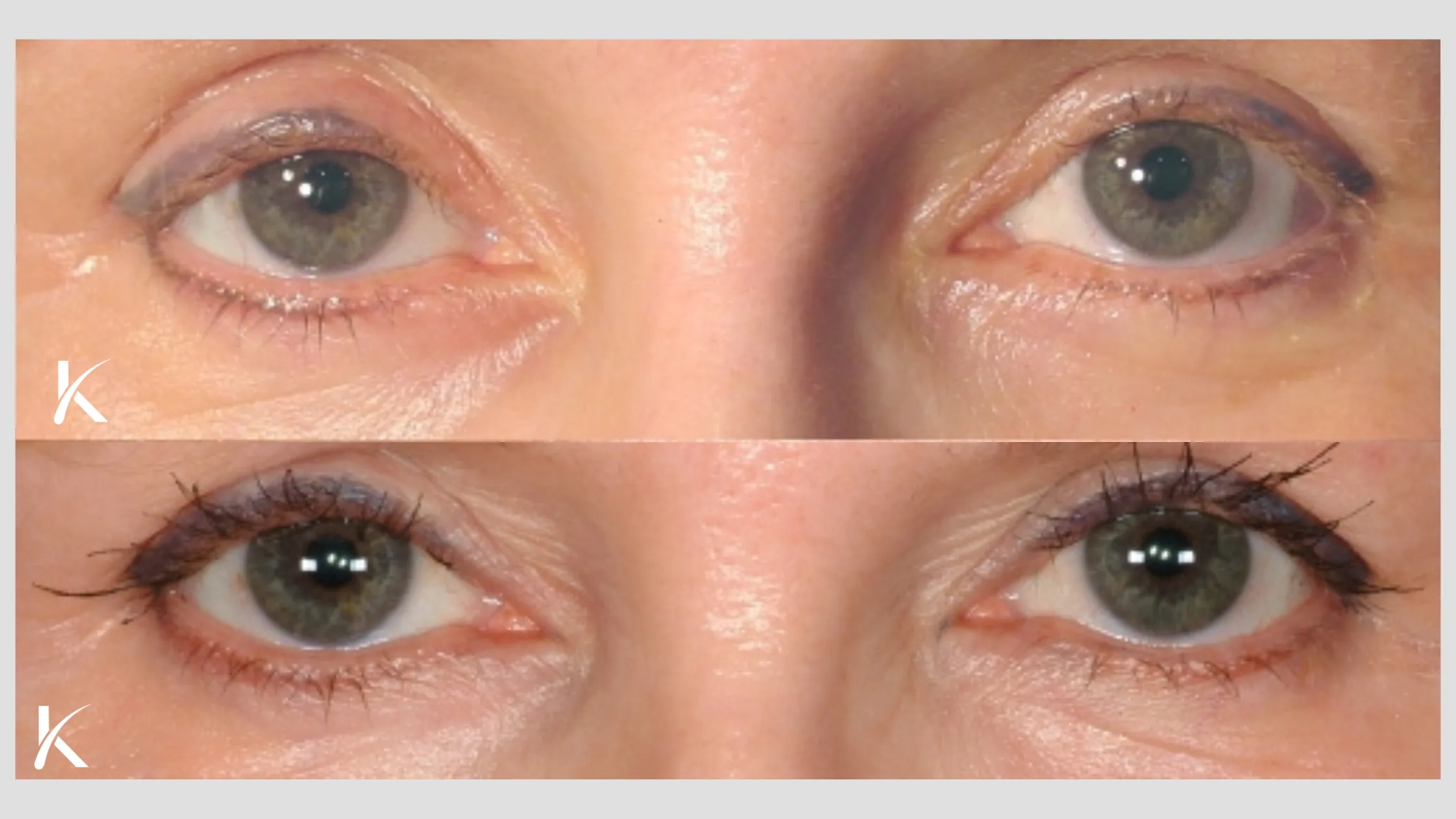
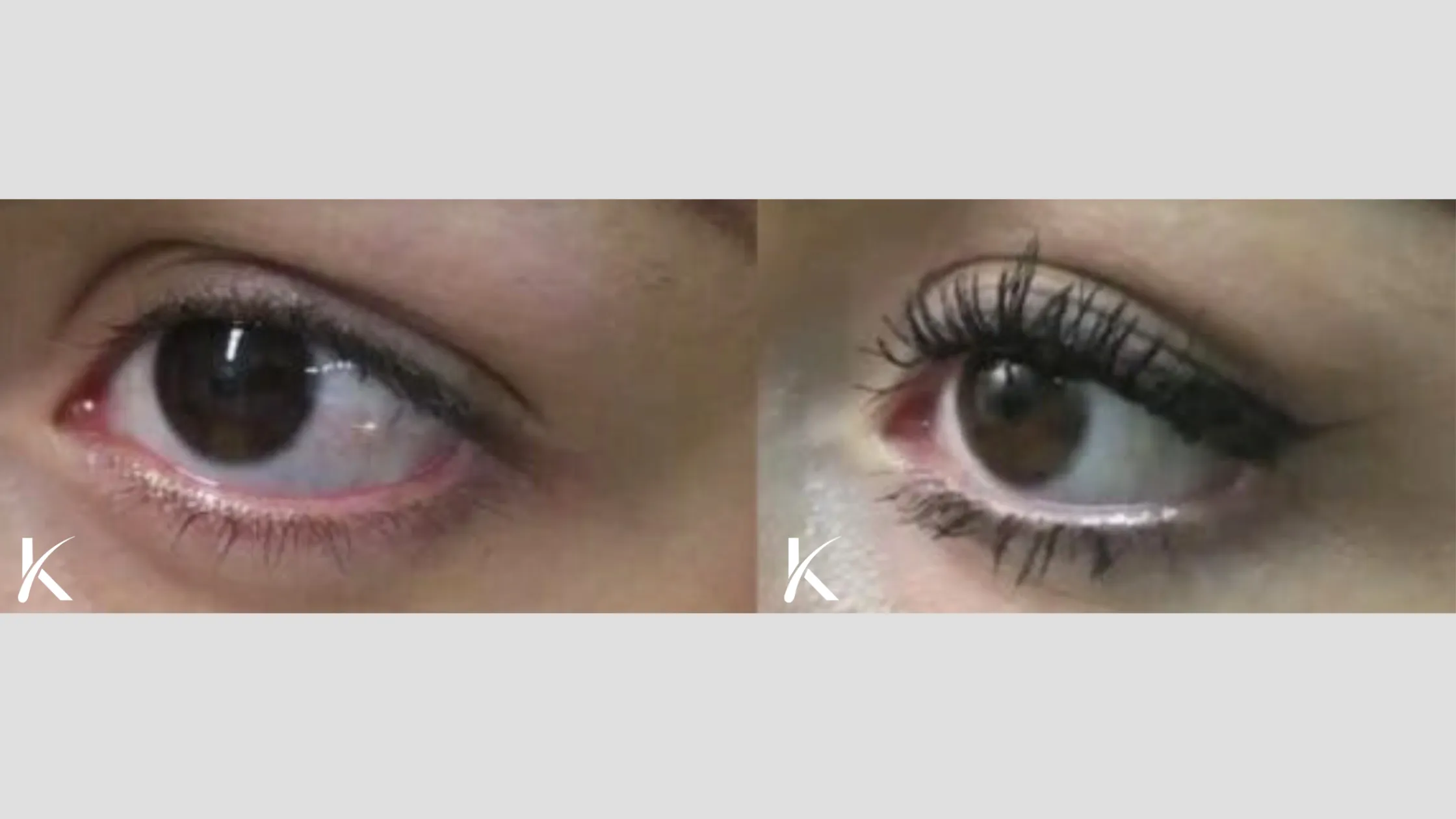
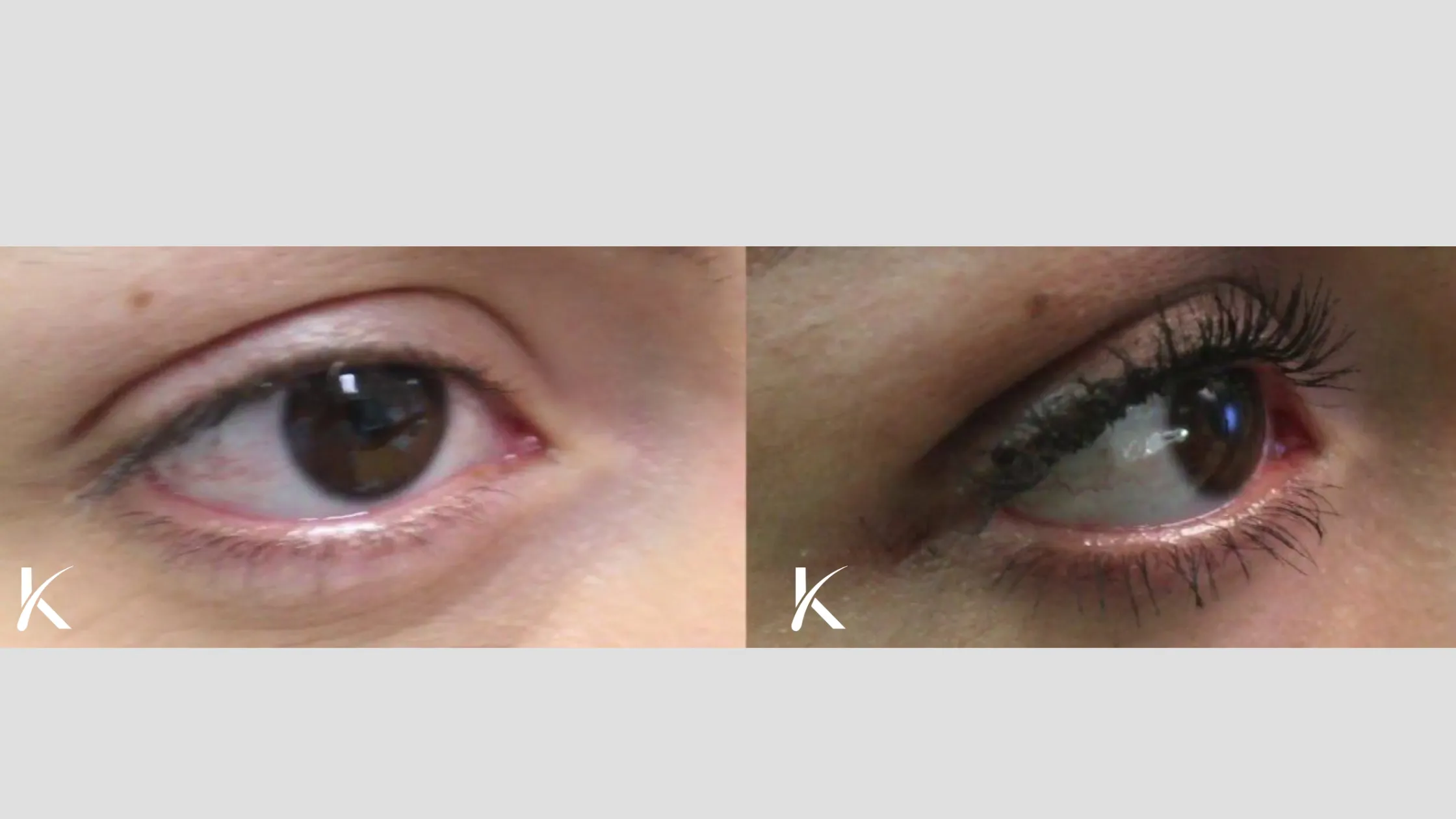
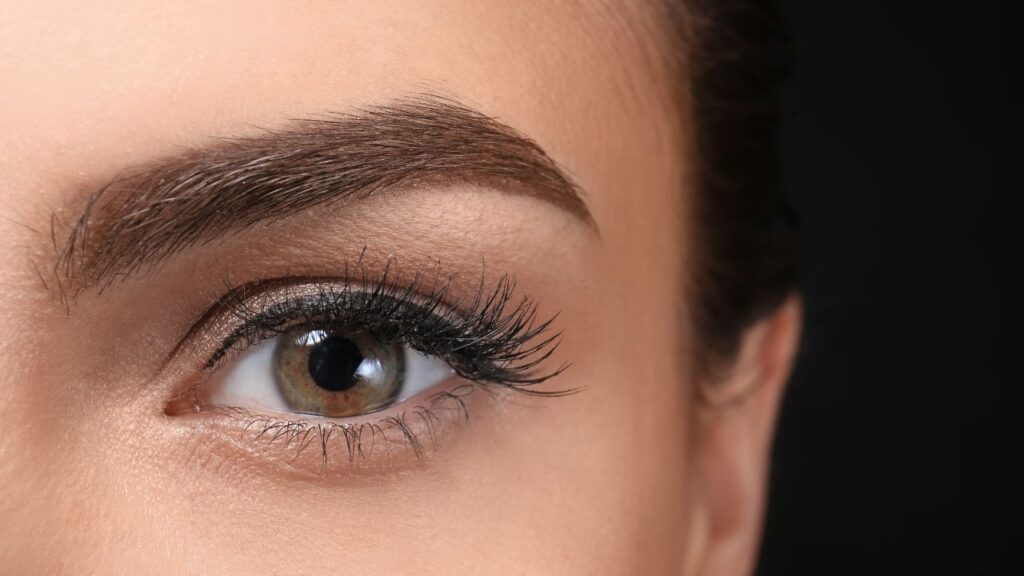
For those wondering, “Can you get permanent eyelashes?”, an eyelash transplant offers a viable answer. It’s a semi-permanent to permanent solution for people who want fuller, more defined lashes.
Consulting with a board-certified specialist is essential to understand the benefits, costs, and realistic outcomes, allowing you to make an informed decision about eyelash implants.
Surgical eyelashes are becoming more popular. Hair grafting techniques are getting better. So Eyelash transplants are a great option. If you want to restore lost lashes or make your eyes more expressive, an eyelash transplant might be the solution for you.
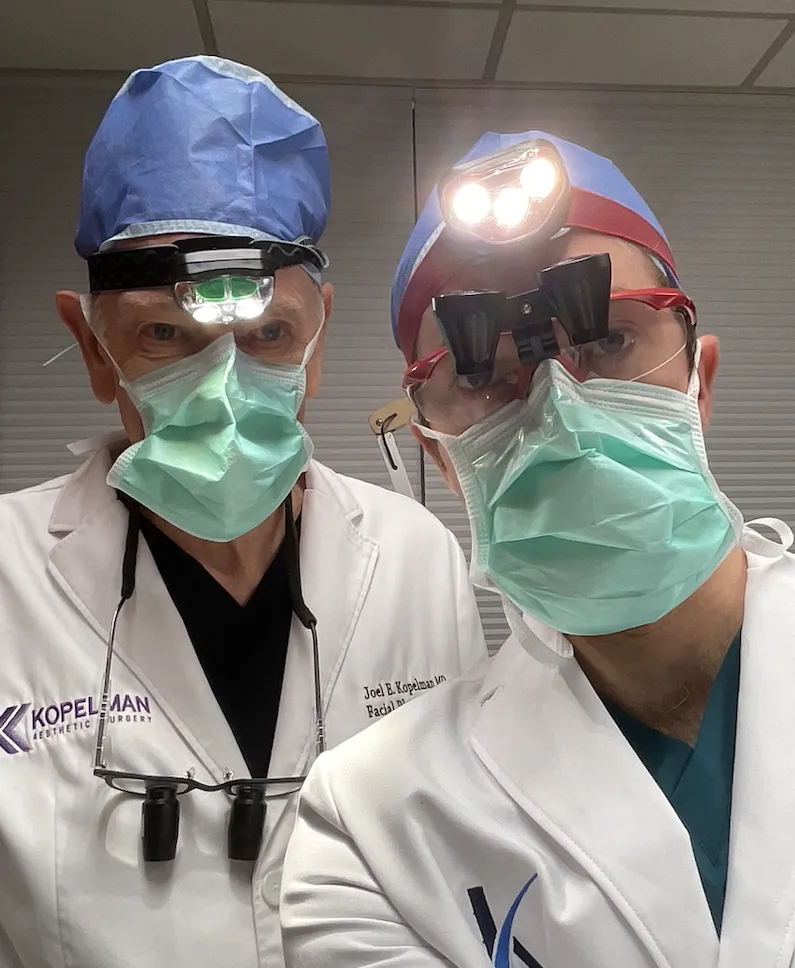
If you’ve searched for eyelash transplant near me, make sure to review the credentials, experience, and reviews of your provider before scheduling a consultation. Choose a board-certified surgeon who specializes in both facial aesthetics and hair restoration.
Dr. Joel Kopelman and Dr. Ross Kopelman are well-known, experienced facial plastic and hair transplant surgeons with a combined 40+ years of expertise. Dr. Joel Kopelman brings decades of experience delivering natural, transformative results, while Dr. Ross Kopelman complements this with expertise in advanced hair restoration techniques, including FUE, FUT, and non-invasive treatments like PRP therapy and mesotherapy. Together, they offer comprehensive, personalized care to ensure exceptional outcomes for every patient.

